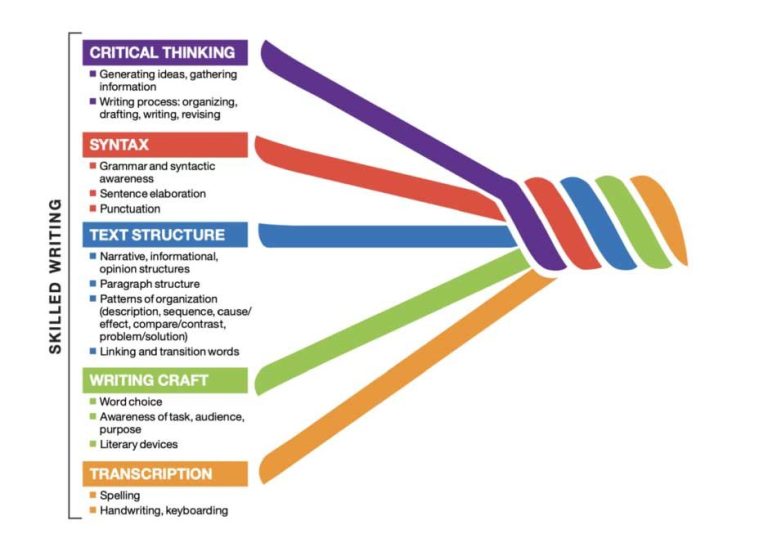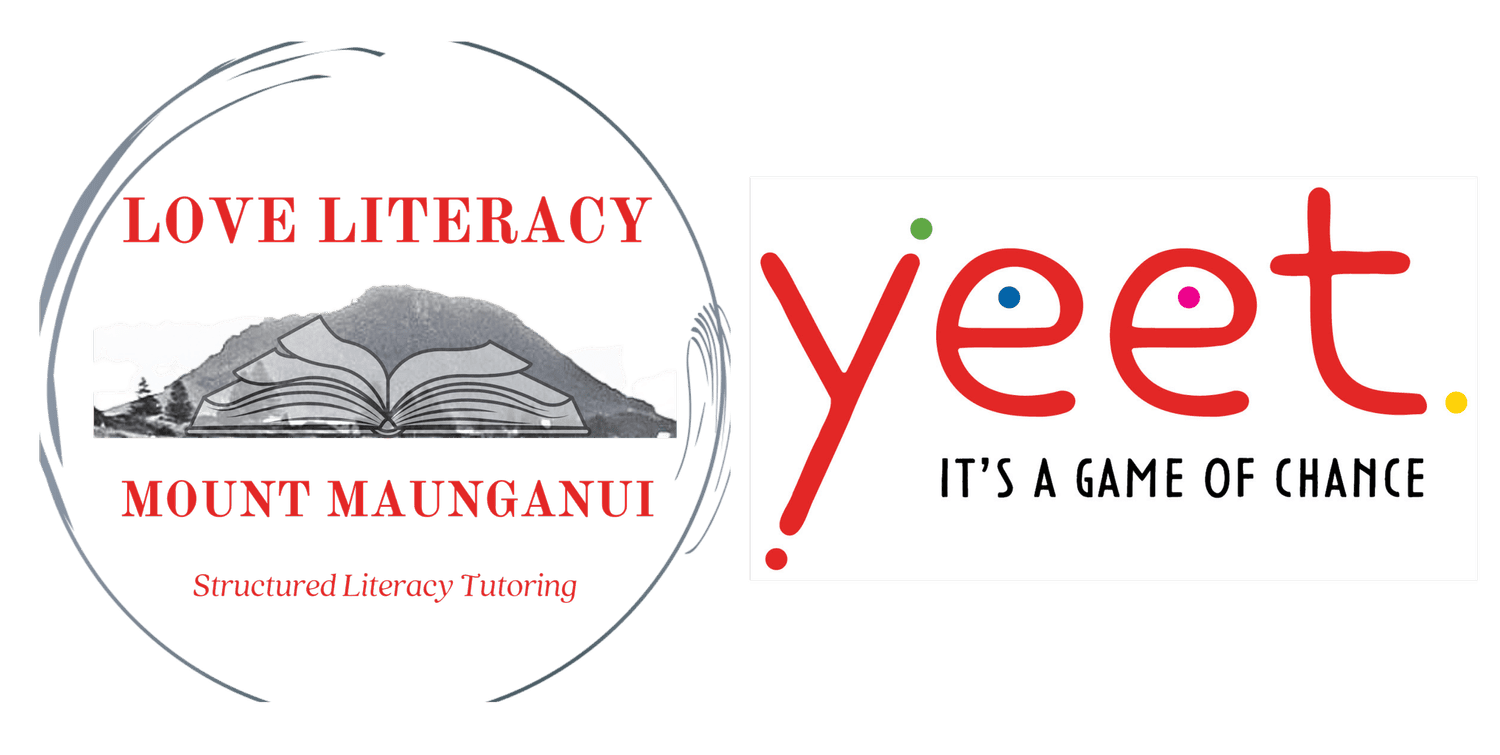Navigating the Write Way – Part Two.
This blog post is the second in a few about writing. I’m not sure how many parts there will be yet! As I discussed in part one, I was prompted to write this after coming across a post about writing in a forum I follow over the weekend. The post described a parent’s frustration with their child’s writing process. Although the child writes extensively to express their ideas, the resulting work is affected by poor spelling, lack of punctuation, and illegibility when later reviewed.
This struggle is all too common, and one I see particularly in my intervention setting. Sadly, there is no quick fix. In my post from last week, I explained that writing is far more than just putting words on a page. It’s a multifaceted skill that requires a deep understanding of language, communication, and human emotion. It is important that we recognise the complexities of writing and the importance of mastering it so that learners can hone this critical skill.
This week, we will look at some of the theory behind writing. The Simple View of Writing (Berninger et al., 2002) is a theoretical framework focusing on Writing being the end result of two sets of skills, namely Text Generation and Transcription (Keys to Literacy, 2024).
Text Generation x Transcription = Writing
0 x 1 = 0
1 x 0 = 0
0 x 0 = 0
Just as with The Simple View of Reading, if either Text Generation is rated zero, or Transcription is rated zero, then the end product of Writing will also be zero.
In her blog post entitled The Not So Simple View of Writing, Joan Sedita goes on to say “The Simple View of Writing……was then expanded to The Not So Simple View of Writing (Berninger & Winn, 2006). The not so simple view encompasses the fact that underpinning writing is a set of executive function skills, short-term memory and, working memory.
The Simple View of Writing can be further broken down into the strands making up another theoretical framework; The Writing Rope (Sedita, 2019). I have set these out as follows (Note The Wrtiting Rope strands are underlined):
Text Generation
Critical Thinking
Syntax
Text Structure
Writing Craft
Transcription
Transcription – Spelling, Handwriting, Keyboarding
For a further breakdown of The Writing Rope, please refer to the image below. For a good overview, you may wish to read The Writing Rope: the Strands that Are Woven into Skilled Writing.

© 2019 Joan Sedita, Keys to Literacy. Published in The Writing Rope: A Framework for Explicit Writing Instruction in All Subjects (Brookes Publishing Company).
If we now bring this back to the original post comment that prompted this series of blog posts, we can see the area needing attention. Whils the child in question is able to perform some aspects of critical thinking such as generating ideas, and gathering information, they are unable to perform well in syntax, text structure, or writing craft alongside poor spelling.
Concluding part two of my blog posts, we now know that understanding the complexities of writing through frameworks like the Simple View of Writing and the Writing Rope allows us to pinpoint the specific challenges a child may face. The child from the forum post illustrates a common scenario: strong idea generation but struggles with the mechanics and structure of writing.
Addressing these issues requires a multifaceted approach, focusing on both transcription skills and higher-order cognitive processes. By recognizing where the gaps lie—be it in spelling, syntax, or text structure—we can tailor our interventions more effectively.
As I continue this series, next week I’ll take a brief look at the correllation between The Simple View of Writing, and Dyslexia and Dysgraphia. Following this I will explore practical strategies to support each strand of the Writing Rope. Thank you for reading, and I look forward to continuing this journey with you!
